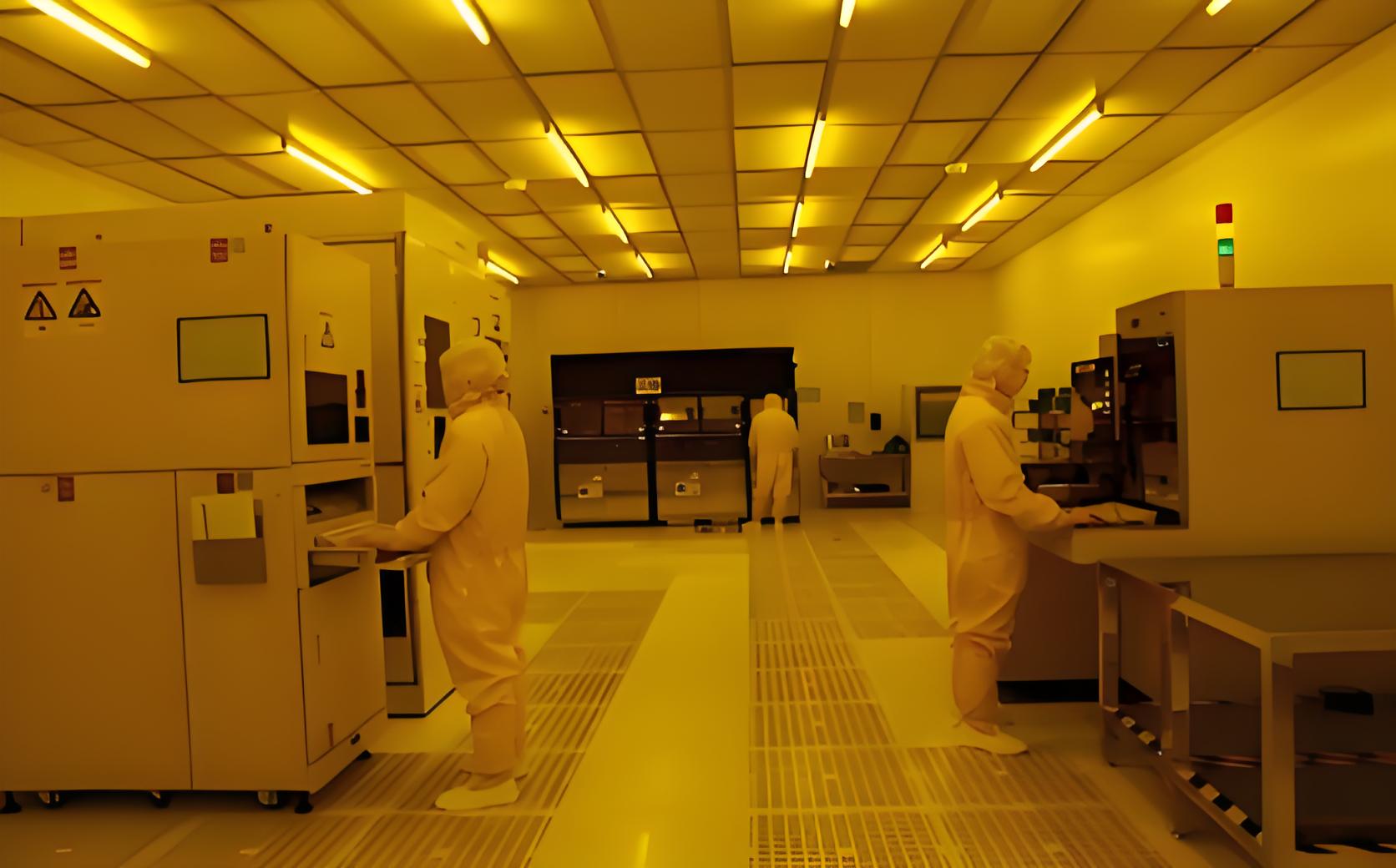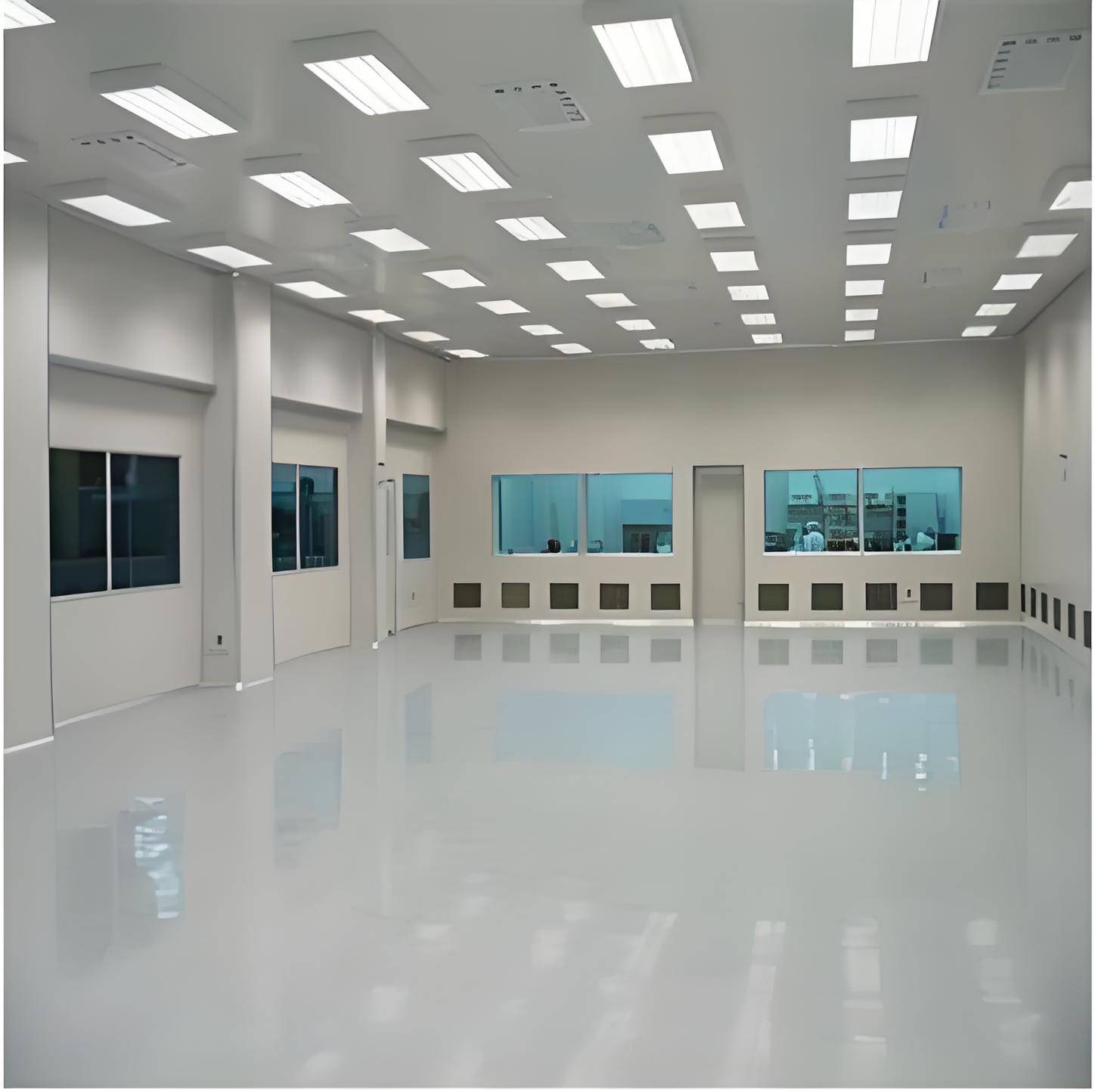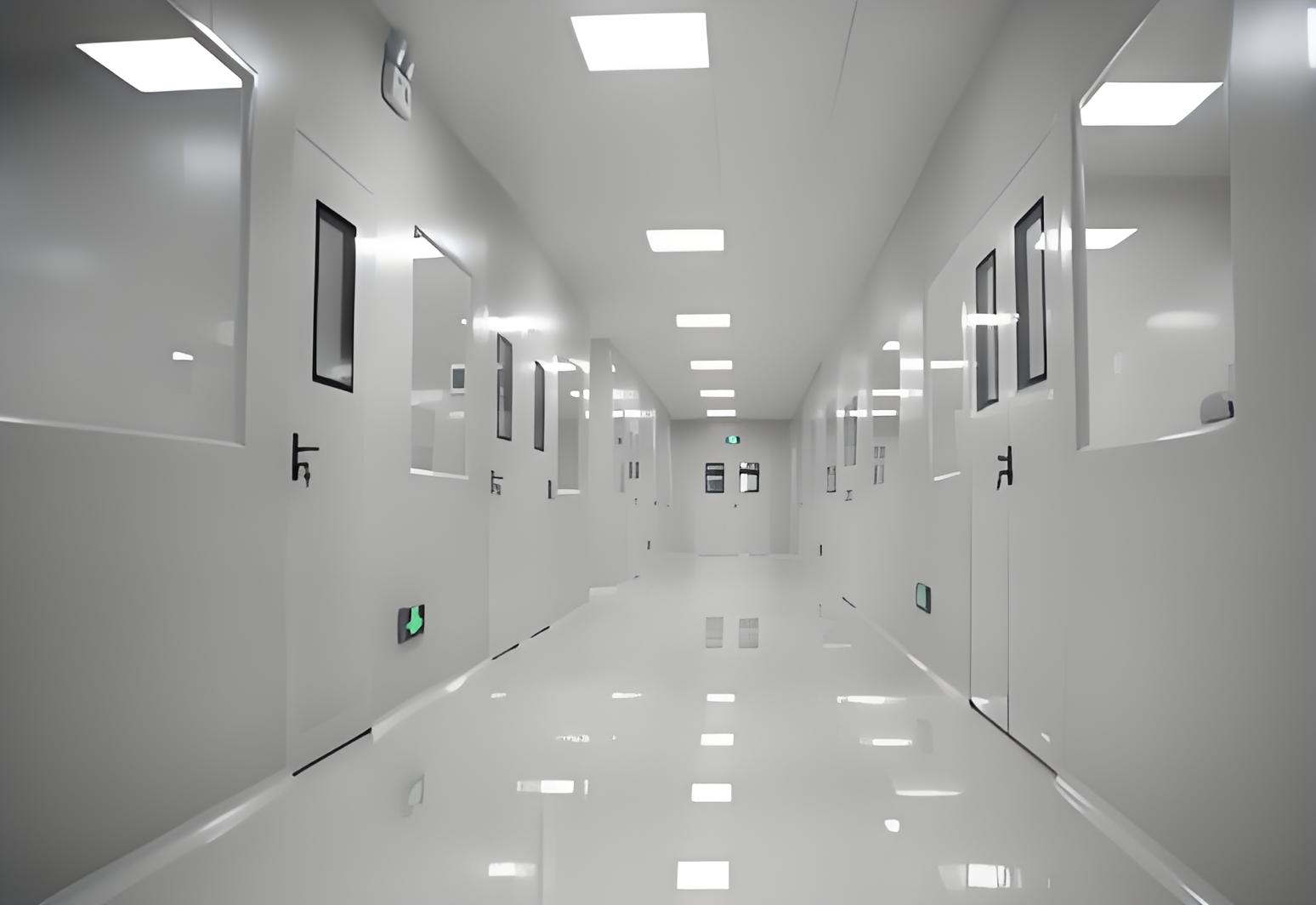
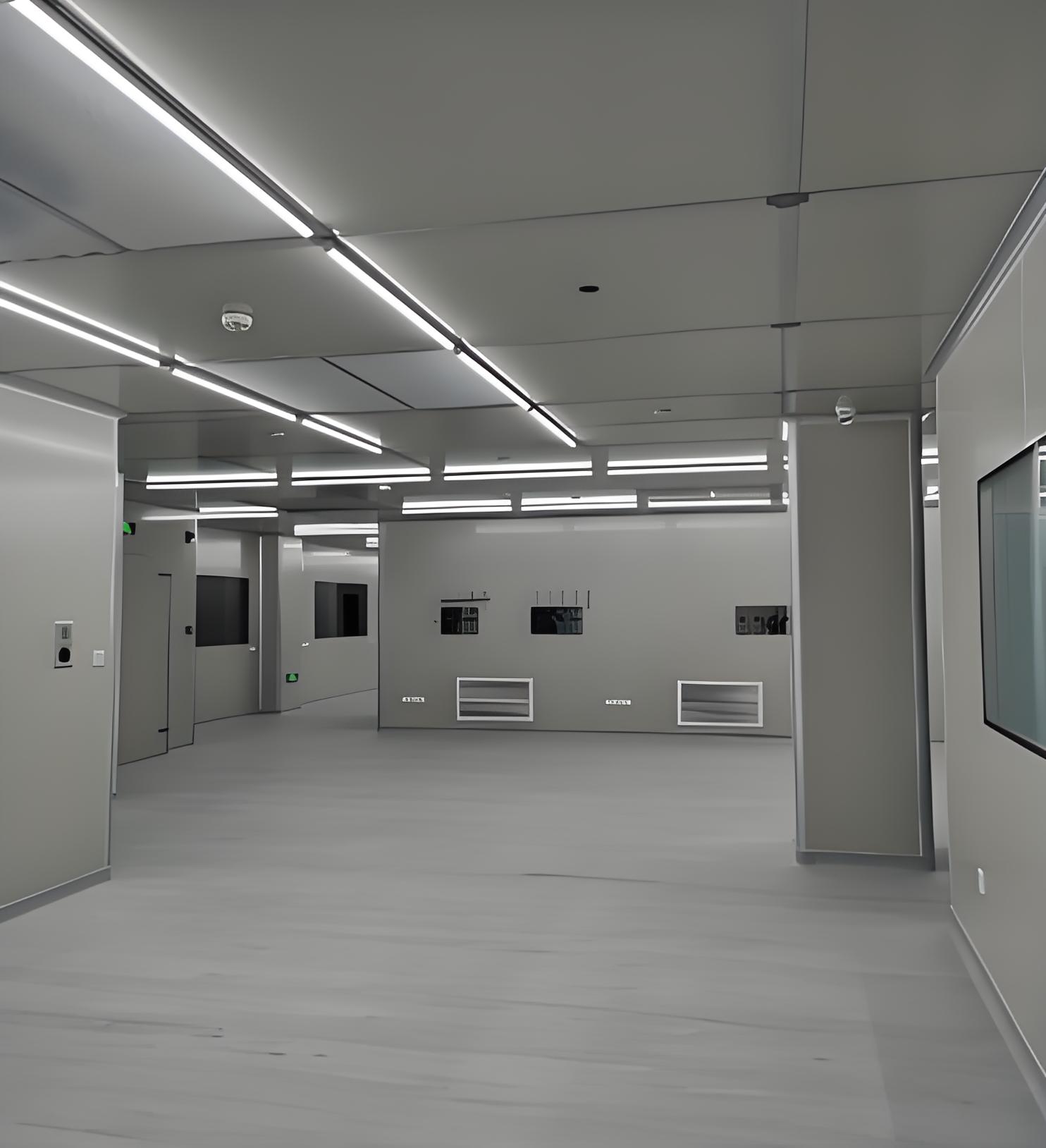
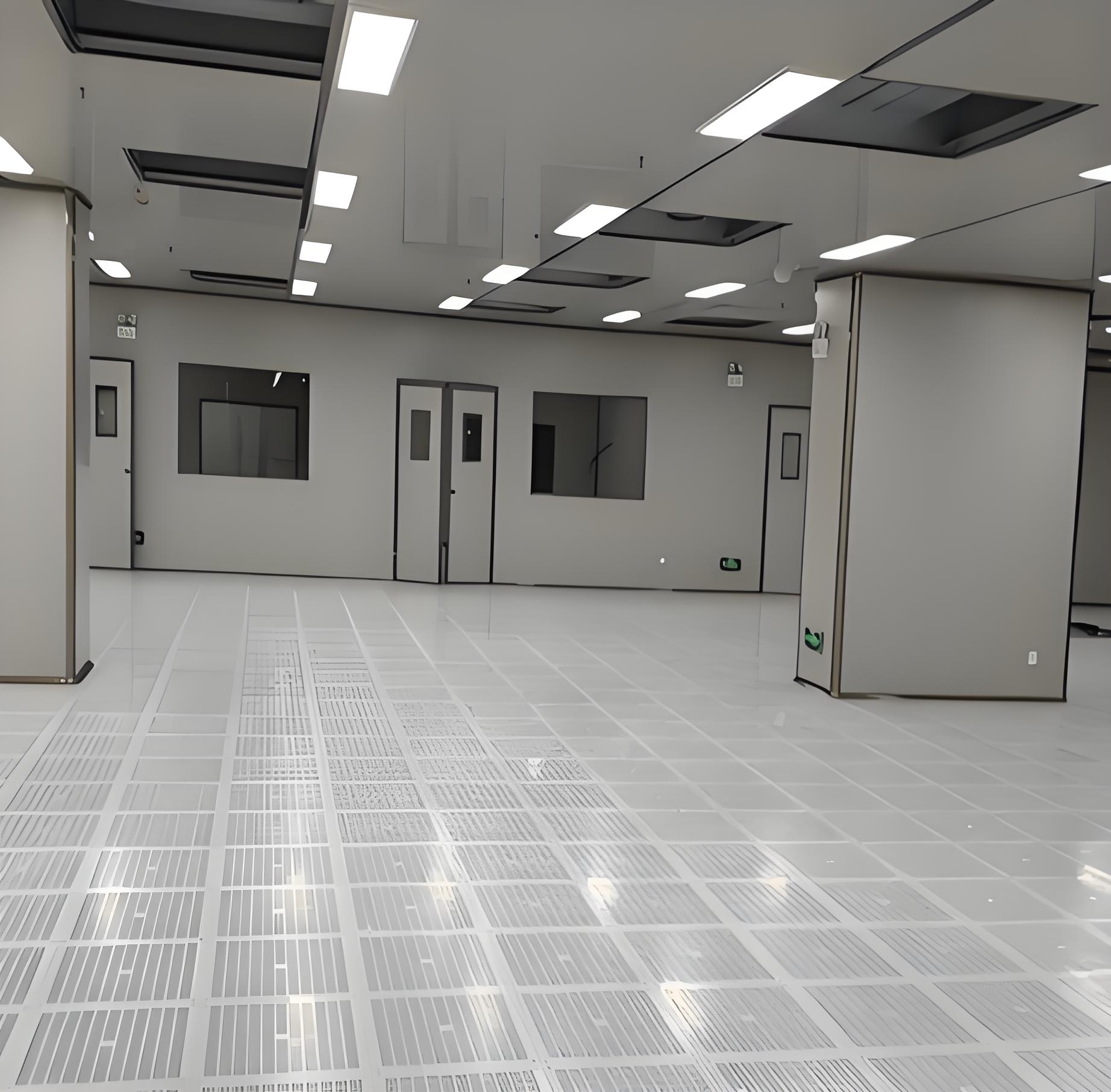


In today's competitive industrial landscape, a Packaging purification project is no longer a luxury but a necessity for sectors like pharmaceuticals, biotechnology, electronics, and food processing. This initiative focuses on eliminating contaminants during packaging processes to ensure product integrity, safety, and compliance with stringent regulations. As global standards tighten, businesses are increasingly adopting advanced methods such as Cleanroom Packaging, Packaging in a Controlled Environment, Cleanroom Packaging System, and Cleanroom Packaging Facility Project to achieve superior outcomes. Whether you're a manufacturer aiming to reduce waste or a startup enhancing quality control, understanding these elements can transform your operations. This article delves into the core aspects of packaging purification, offering actionable insights to help you navigate this critical field. By the end, you'll grasp how to integrate these concepts into your workflow for improved efficiency and market credibility.
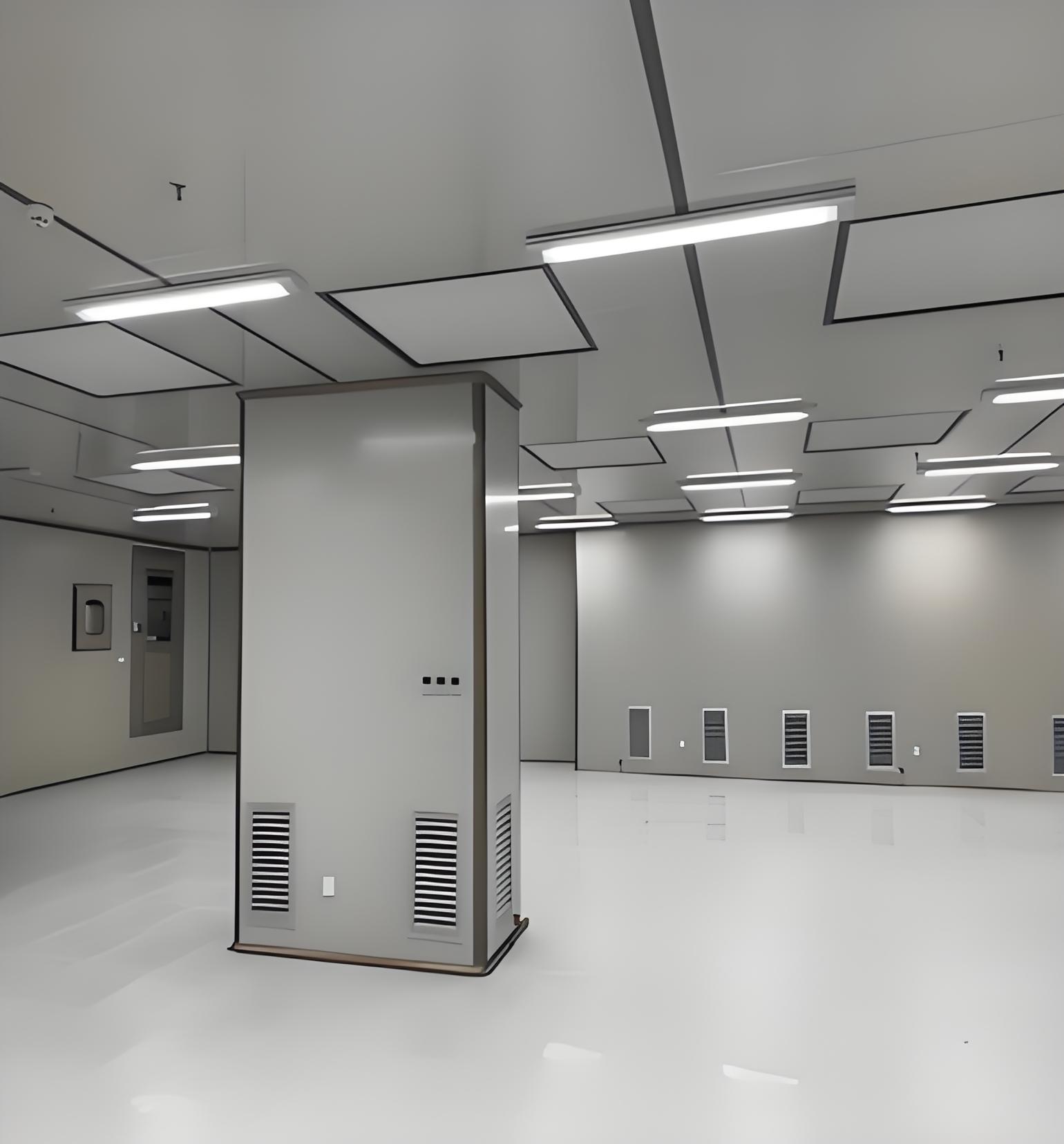
A Packaging purification project refers to a systematic approach designed to remove impurities, particulates, and microbial contaminants from packaging materials and processes. This is crucial in industries where even minor contaminants can lead to product recalls, health hazards, or regulatory penalties. For instance, in pharmaceutical packaging, a single particle could compromise drug efficacy, making purification projects vital for patient safety. These projects often involve assessing current packaging lines, implementing purification technologies like filtration systems, and validating results through rigorous testing. By focusing on cleanliness and control, organizations can minimize risks and enhance product shelf life. Moreover, a well-executed Packaging purification project aligns with sustainability goals by reducing material waste and energy consumption, making it a win-win for both business and the environment.
Cleanroom Packaging is a specialized subset of packaging purification that occurs in environments with strictly controlled airborne particles, temperature, and humidity. This approach is essential for sensitive products like microchips or medical devices, where contamination can cause catastrophic failures. In a typical Cleanroom Packaging setup, personnel wear protective gear, and materials undergo decontamination before use. The process often includes using sterile barriers, such as vacuum-sealed bags or laminar airflow systems, to maintain integrity. For example, in semiconductor manufacturing, Cleanroom Packaging prevents electrostatic discharge and particulate adhesion, ensuring high yield rates. By integrating Cleanroom Packaging into a broader Packaging purification project, companies can achieve ISO standards like ISO 14644, which governs cleanroom classifications. This not only boosts consumer trust but also streamlines supply chain logistics by reducing rework and returns.
Packaging in a Controlled Environment extends beyond cleanrooms to include any setting where factors like temperature, humidity, and pressure are meticulously managed. This method is pivotal for items prone to degradation, such as perishable foods or sensitive chemicals. By maintaining optimal conditions, businesses can prevent spoilage, preserve nutritional value, and extend product longevity. For instance, in the food industry, Packaging in a Controlled Environment with modified atmosphere packaging (MAP) reduces oxygen levels to slow bacterial growth. This approach complements a Packaging purification project by adding layers of protection against environmental variables. Key benefits include enhanced traceability, reduced liability from contamination incidents, and compliance with global safety standards like FDA or EU regulations. Additionally, Packaging in a Controlled Environment supports just-in-time manufacturing, as it allows for precise inventory management and faster turnaround times.
A Cleanroom Packaging System is an integrated framework that combines equipment, protocols, and monitoring tools to facilitate purification in sterile settings. Central to any Packaging purification project, this system typically includes HEPA filters, automated sealing machines, and particle counters to ensure consistent quality. For example, in biotechnology, a Cleanroom Packaging System might incorporate isolators or glove boxes to handle hazardous materials safely. Other critical components are validation software for real-time data logging and ergonomic workstations to minimize human error. By deploying a robust Cleanroom Packaging System, organizations can achieve scalable operations, adapt to varying product sizes, and reduce downtime through predictive maintenance. This system is often the backbone of a Cleanroom Packaging Facility Project, as it determines the overall efficiency and cost-effectiveness of the purification process.
A Cleanroom Packaging Facility Project involves the design, construction, and commissioning of a dedicated space for high-stakes packaging operations. This large-scale initiative requires cross-functional collaboration among engineers, quality assurance teams, and regulatory experts. Key phases include site selection, airflow design to meet ISO classes, and integration of a Cleanroom Packaging System. For instance, when planning a Cleanroom Packaging Facility Project for a new vaccine production line, factors like material flow, waste disposal, and emergency protocols must be prioritized. Budgeting for such a project often covers advanced HVAC systems, cleanroom garments, and validation testing to ensure compliance. Successful execution can lead to long-term ROI through reduced contamination rates and faster market entry. Moreover, a Cleanroom Packaging Facility Project aligns with corporate sustainability initiatives by incorporating energy-efficient technologies and recyclable materials.
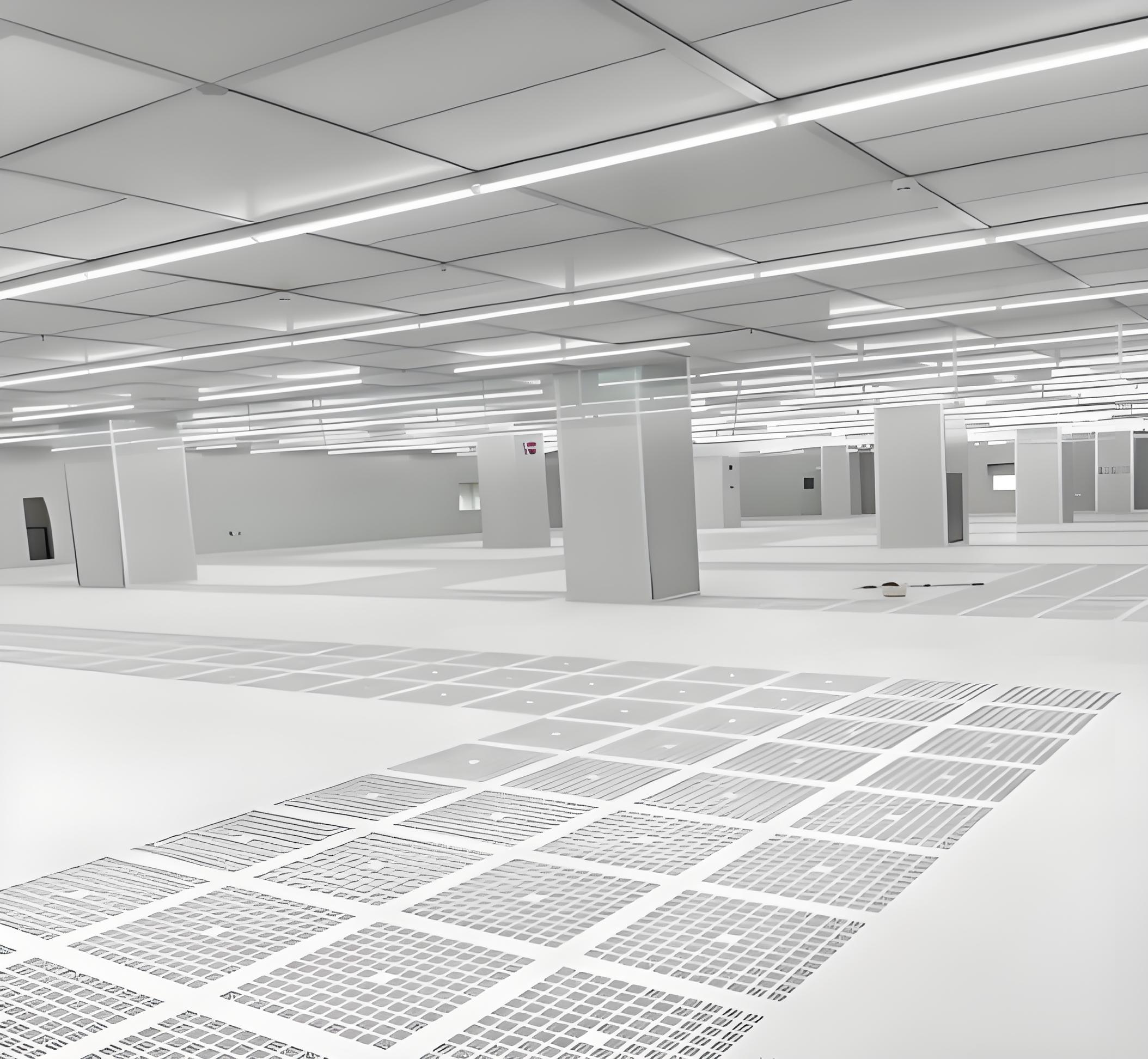
To effectively implement a Packaging purification project, start with a comprehensive risk assessment to identify contamination sources. Next, select appropriate technologies, such as ultrasonic cleaners or UV sterilization, tailored to your industry. Training staff on protocols for Cleanroom Packaging and Packaging in a Controlled Environment is crucial for adherence. Regular audits and performance metrics, like particle counts or seal integrity tests, help maintain standards. For example, in electronics, implementing a Packaging purification project might involve partnering with suppliers who certify their materials for low particulate levels. Emphasize continuous improvement by gathering feedback and updating procedures based on incident reports. This iterative approach ensures that your Packaging purification project remains agile in the face of evolving regulations and market demands.
Despite its benefits, a Packaging purification project can face hurdles like high initial costs, regulatory complexities, or resistance to change. To address these, conduct a cost-benefit analysis highlighting long-term savings from reduced recalls. For regulatory challenges, engage with experts early in the Cleanroom Packaging Facility Project to align with standards like GMP or ISO. If employees are hesitant, provide hands-on training and demonstrate success stories from similar Packaging in a Controlled Environment initiatives. Technological issues, such as system integration gaps, can be mitigated by choosing scalable Cleanroom Packaging System solutions with vendor support. By anticipating these obstacles, you can streamline your Packaging purification project and foster a culture of quality and innovation.
As industries embrace digitalization, the future of Packaging purification project efforts will likely incorporate IoT sensors for real-time monitoring and AI-driven analytics for predictive maintenance. Trends like smart packaging with embedded sensors could revolutionize Cleanroom Packaging by providing instant contamination alerts. Additionally, sustainability will drive innovations in Packaging in a Controlled Environment, such as biodegradable materials that maintain purity. Global collaborations on standards will further shape Cleanroom Packaging Facility Project designs, making them more accessible to small and medium enterprises. By staying ahead of these trends, businesses can leverage their Packaging purification project as a competitive edge in a rapidly changing market.
Q1: What is the primary goal of a packaging purification project?
A1: The main goal of a packaging purification project is to eliminate contaminants from packaging processes and materials, ensuring product safety, compliance with regulations, and enhanced shelf life. This often involves implementing methods like Cleanroom Packaging or Packaging in a Controlled Environment to achieve high levels of cleanliness.
Q2: How does Cleanroom Packaging differ from standard packaging?
A2: Cleanroom Packaging occurs in a controlled environment with strict limits on airborne particles, temperature, and humidity, whereas standard packaging may not have such controls. This makes Cleanroom Packaging essential for sensitive industries like pharmaceuticals, where even minor contamination can lead to significant risks.
Q3: What are the key components of a Cleanroom Packaging System?
A3: A typical Cleanroom Packaging System includes HEPA filters for air purification, automated sealing machines, particle counters for monitoring, sterile barriers, and validation software. These components work together to maintain a contaminant-free environment and support efficient operations.
Q4: Why is Packaging in a Controlled Environment important for perishable goods?
A4: Packaging in a Controlled Environment helps preserve perishable goods by regulating factors like temperature and humidity, which slow down spoilage and bacterial growth. This approach extends product freshness, reduces waste, and ensures compliance with food safety standards.
Q5: What should be considered when planning a Cleanroom Packaging Facility Project?
A5: When planning a Cleanroom Packaging Facility Project, key considerations include site selection, airflow design to meet ISO standards, integration of a Cleanroom Packaging System, budget for equipment and validation, staff training, and compliance with regulatory requirements to ensure long-term success.
By addressing these aspects, this article provides a comprehensive overview of packaging purification projects, emphasizing the integration of Cleanroom Packaging, Packaging in a Controlled Environment, Cleanroom Packaging System, and Cleanroom Packaging Facility Project. If you have further questions or need tailored advice, consult with industry experts to optimize your approach.
